Wrist-based versus chest strap heart sensors: which are best for cyclists? Can you trust the data?
Smartwatches and health trackers are getting ever better at measuring your heart rate - but they’re still not perfect
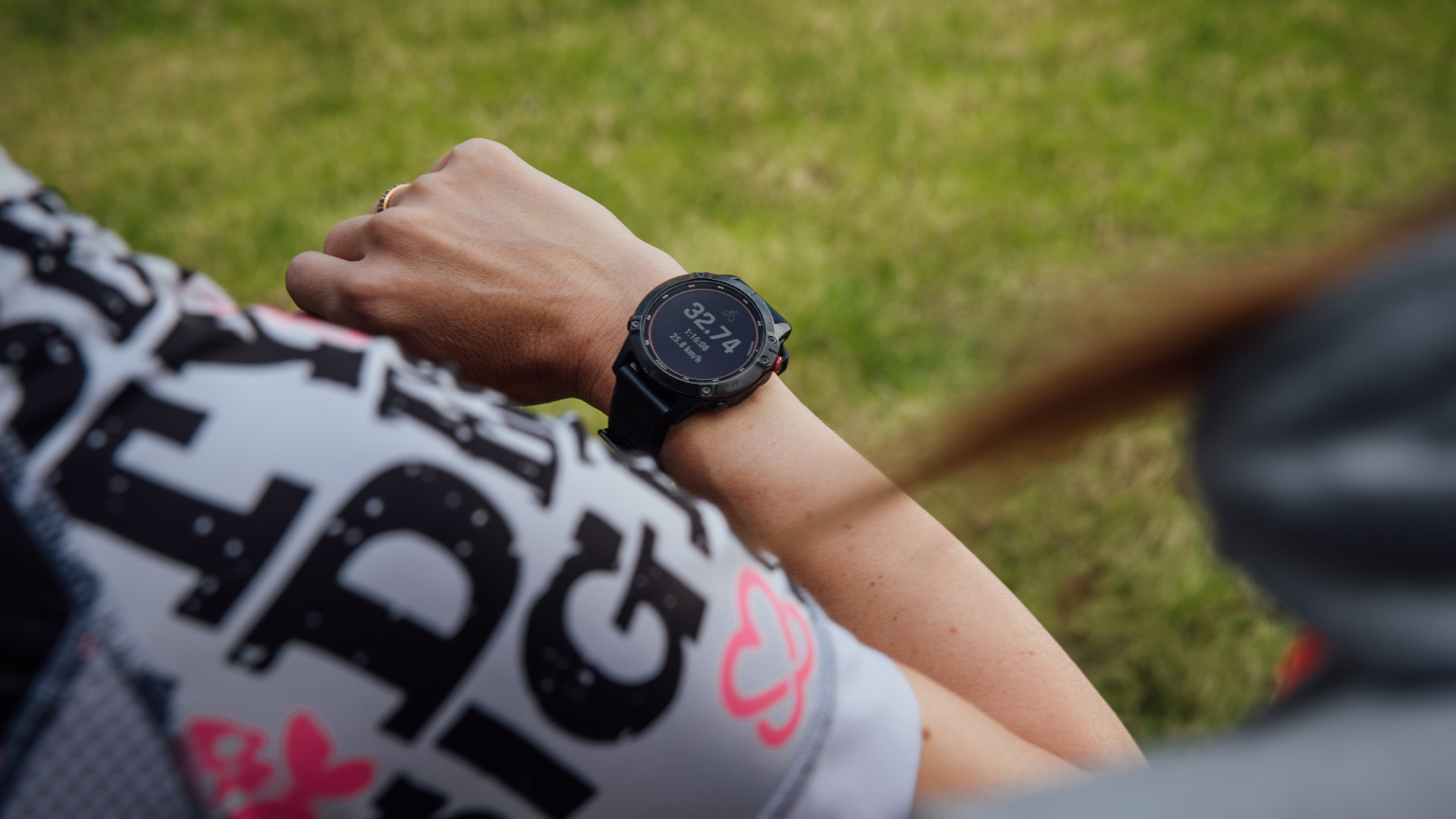
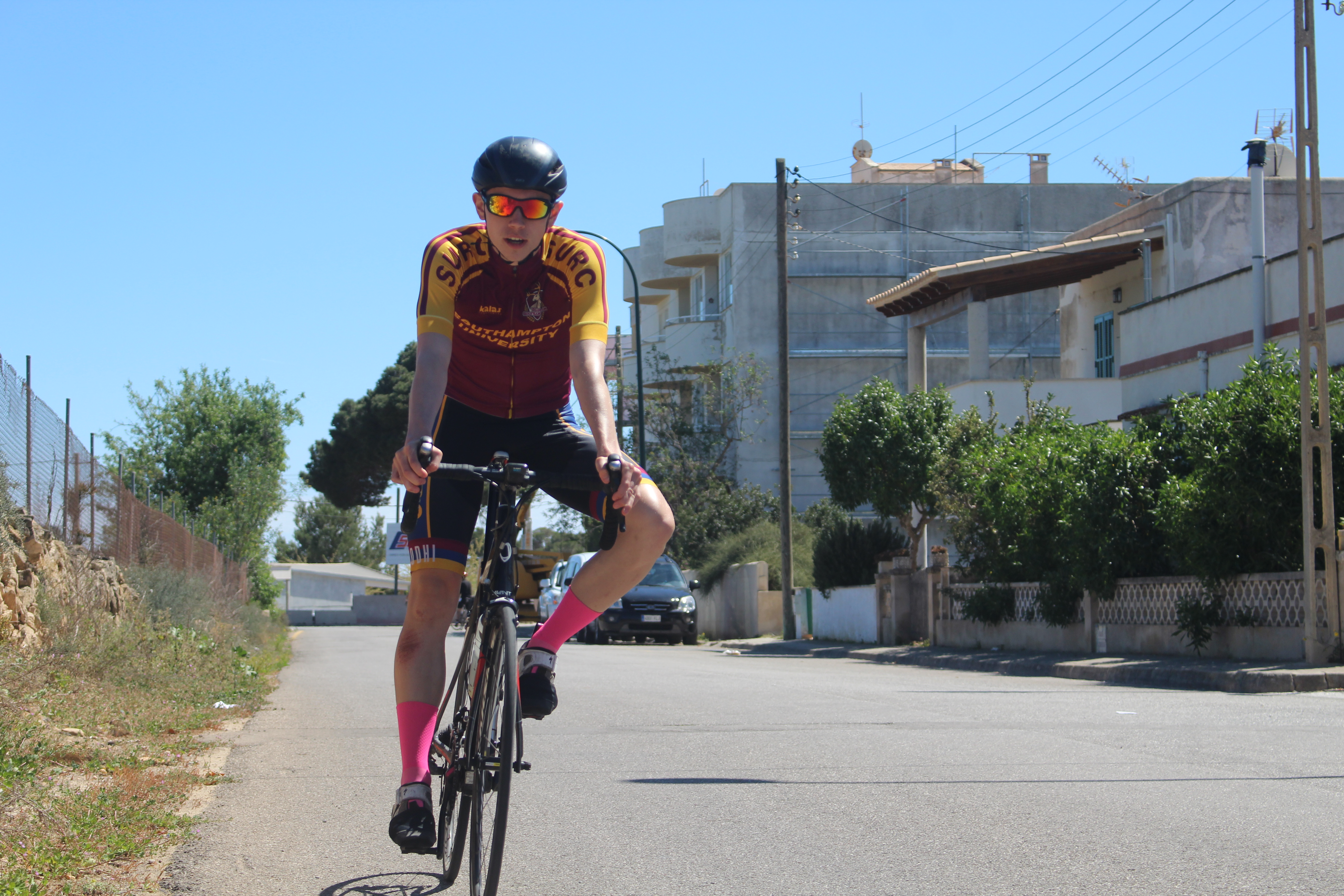
Heart rate monitors are a pretty established technology at this point, and it’s partially for that reason that training with a heart rate monitor is one of the most cost effective ways to boost your cycling fitness. With those objective numbers, it’s easier to ensure you’re training at the right intensity for the adaptations you’re looking to make. You can also get a figure for your overall training load, enabling you to see whether you’re pushing yourself too hard or not hard enough.
Fortunately, there are many different types of heart rate monitors and models to suit all kinds of riders. The trick is working out which type would actually be the best heart rate monitor for you.
Once the preserve of runners, the best smartwatches have become popular with cyclo-cross riders, mountain bikers, triathletes and now road cyclists. The latest generation not only do the job of a head unit but are fitness trackers and more. Among the many upgrades that have appeared since the Casio PRT-1GP (the first GPS-enabled watch) is the optical heart-rate sensor, which is designed to eliminate the need for a chest strap. But many athletes and coaches have found some of the data from these sensors to be less than accurate. Manufacturers have been working on sensor quality but can the data be really trusted?
How do the sensors of wearables and smartwatches work?
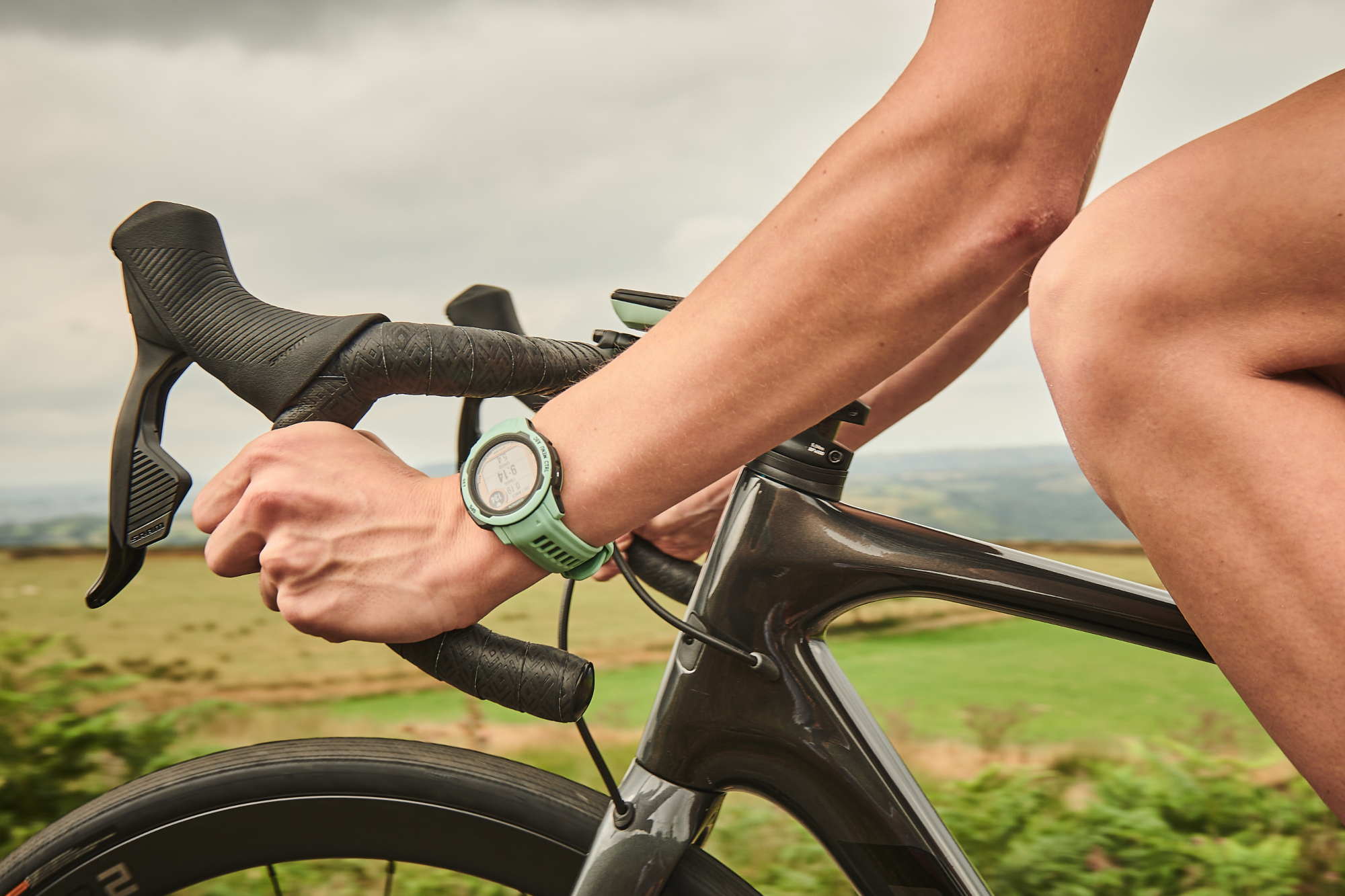
According to a paper which investigated sources of inaccuracy in wearable technology, “Heart-rate measurements from wearables are derived from photoplethysmography (PPG), an optical method for measuring changes in blood volume under the skin.”
Put simply, when your heart beats, blood moves around the body in pulses. These pulses mean that blood volume at various points in your body changes a little with each beat. Heart-rate can be deduced from measuring the time between these changes. Chest straps work differently: they detect electrical signals from your heart and tend to be more accurate.
The science behind the optical sensors used in wearables and smartwatches
A lot of scientific work has been done on optical sensors. They’re also used in medical settings, so understanding when they’re inaccurate is important. The accuracy of wearables is hotly debated – brands like Whoop rely on optical sensors being accurate for their business model but some sports scientists refer to them as “random number generators”. The truth probably sits somewhere in the middle. Optical sensors are not perfect (no sensor is) but they are certainly not useless.
A paper in the publication Nature addressed issues with wearable tech. It discussed potential inaccuracies in PPG which could “stem from three major areas, including diverse skin types, motion artifacts, and signal crossover”. For cyclists, diverse skin types and motion artifacts are the two problems here. The scientists involved in the paper observed that, “We saw no statistically significant difference in accuracy across skin tones, but we saw significant differences between devices, and between activity types, notably, that absolute error during activity was, on average, 30 per cent higher than during rest.” These findings lead to a couple of useful thoughts: the morning resting heart-rate from a wearable is mostly accurate; and our activity type might also impact the accuracy of the sensor. In the study from the paper, it was notable that participants did not do anything remotely close to a strenuous bike ride.
Get The Leadout Newsletter
The latest race content, interviews, features, reviews and expert buying guides, direct to your inbox!
“Each round of the study protocol included seated rest to measure baseline (4 min), paced deep breathing (1 min), physical activity (walking to increase HR up to 50 per cent of the recommended maximum 5 min), seated rest (~2 min), and a typing task (1 min). This protocol was performed three times per study participant in order to test all devices.” Given that on a bike we are either stationary, when on the turbo, or moving, when riding cross or gravel, any discrepancies in the study are likely to be magnified when riding.
The sensors they tested in the study were between 4-10 beats per minute out compared with the value measured by an ECG as a control at rest.
During physical activity (which I would describe as extremely light physical activity, relative to a bike ride) the wearables were up to 20 beats per minute out! That spans entire training zones in many cases.
Periodic movement (including the repetitive action of cycling and running) is also a problem with some wearables. Given that they detect a periodic signal (change in blood volume each time your heart beats) sometimes they’re said to pick up the periodic movement of the activity instead (a phenomenon known as ‘signal crossover’).
Generally speaking, manufacturers are aware of this issue, and the latest generations of optical sensors tend to have algorithms in place which solve this problem. The issue of moisture and movement changing the optical properties of the skin (meaning the measurement can be off set ‘randomly’) is a harder problem to solve.
The practical experiment
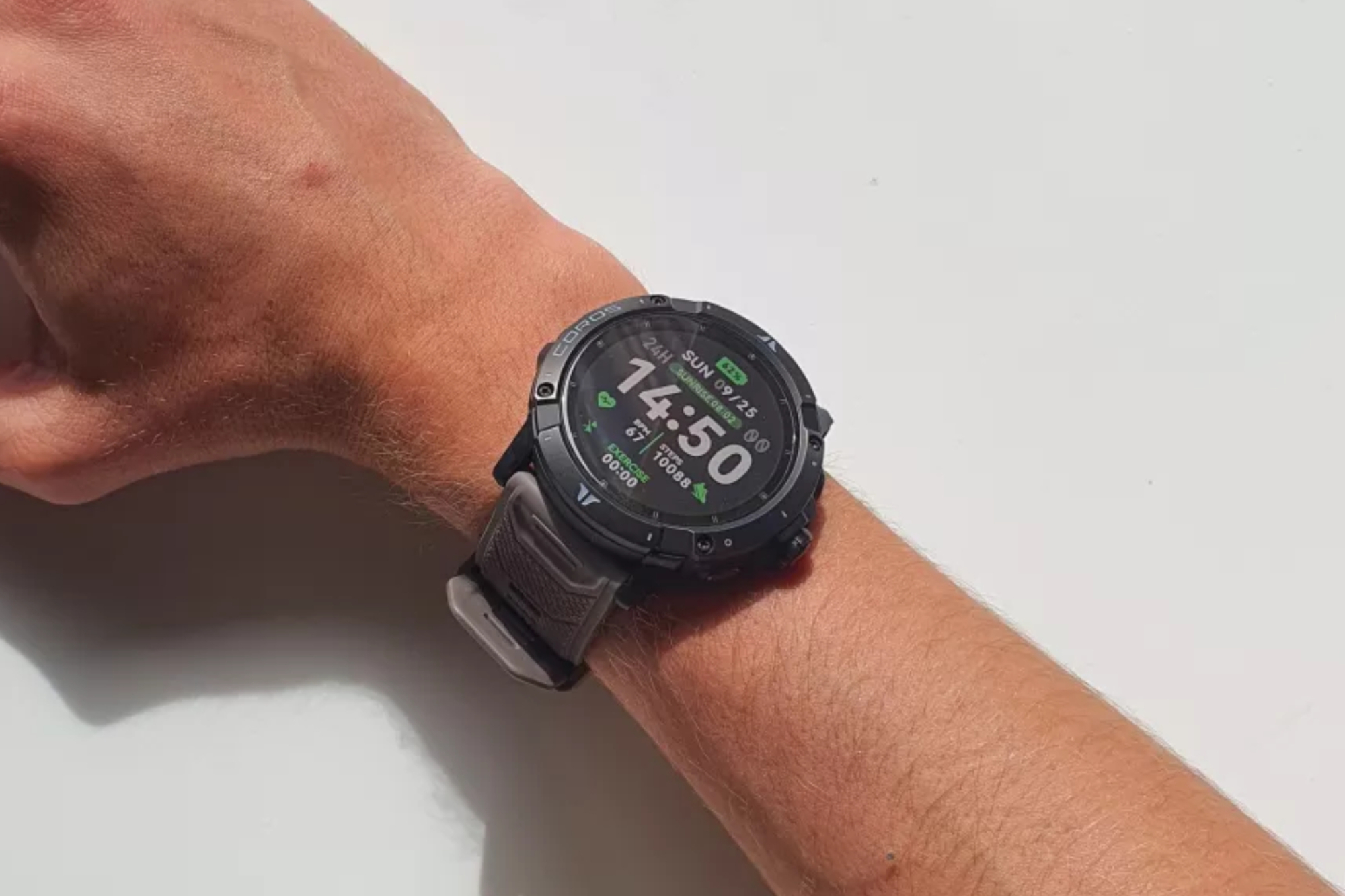
So, the scientists have concluded that optical sensors are fine at rest and not awful during activity, but don’t respond well to significant movement or spikes. For our test I wore a Coros Vertix 2 on one wrist and a chest strap while I did a session on Zwift. The session consisted of the following: a 23-minute warm-up at low intensity while not moving much. Then 6x10 minutes at 270W with one minute rest between the blocks. Finally, 4x30 seconds at 700W with a long rest in-between.
Results and conclusion
The Zwift graphs from the experiment (below) show that the optical sensor in the Coros watch worked well in the warm-up and for the longer, moderate intensity efforts. But when it comes to the short efforts, the wrist-based sensor didn’t pick up the spikes nearly as well as the chest strap.
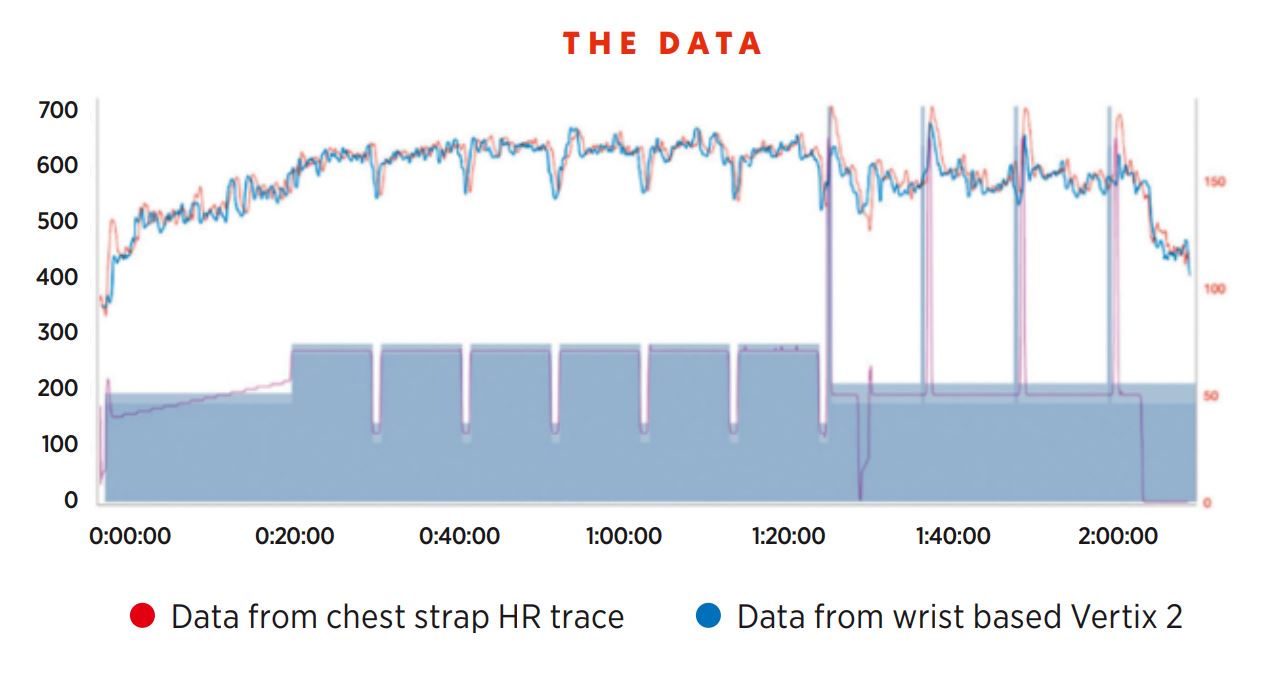
Primarily optical heart-rate is fine at lower intensities with less movement such as easy rides on the turbo. From our data, we can see that at a medium intensity, the wrist-based heart-rate monitor was OK too, but for short, hard efforts it did not respond so well to acute changes in intensity.
In summary, for most types of cycling a wrist-based sensor will be acceptable, but if you’re using heart rate in any serious capacity or for racing, it’s still best to use a chest strap.
There are other arguments for using a smartwatch for cycling use over a cycling computer and chest strap combo, though. Smartwatches can be worn more easily overnight to track your sleep, which in turn gives you an opportunity to measure a greater range of fitness metrics including heart rate variability. Find out more about the pros and cons of smartwatches versus cycling computers, and which is best for cyclists over here.

Thank you for reading 20 articles this month* Join now for unlimited access
Enjoy your first month for just £1 / $1 / €1
*Read 5 free articles per month without a subscription

Join now for unlimited access
Try first month for just £1 / $1 / €1

Tom Epton is a freelance writer and data scientist. Originally training as a scientist after completing his studies in physics he realised that cycling was what he wanted to spend his life thinking about. Now he works with manufacturers, athletes and teams using cutting edge data science methods to find performance gains. Tom writes primarily about sport-science and tech!
-
 I pitched a top-end all-road bike against a top-end gravel bike, here's what I found
I pitched a top-end all-road bike against a top-end gravel bike, here's what I foundMulti-surface machines go head-to-head-to-head and categories clash as Tim Russon rolls up for the ultimate do-it-all bike showdown
By Tim Russon
-
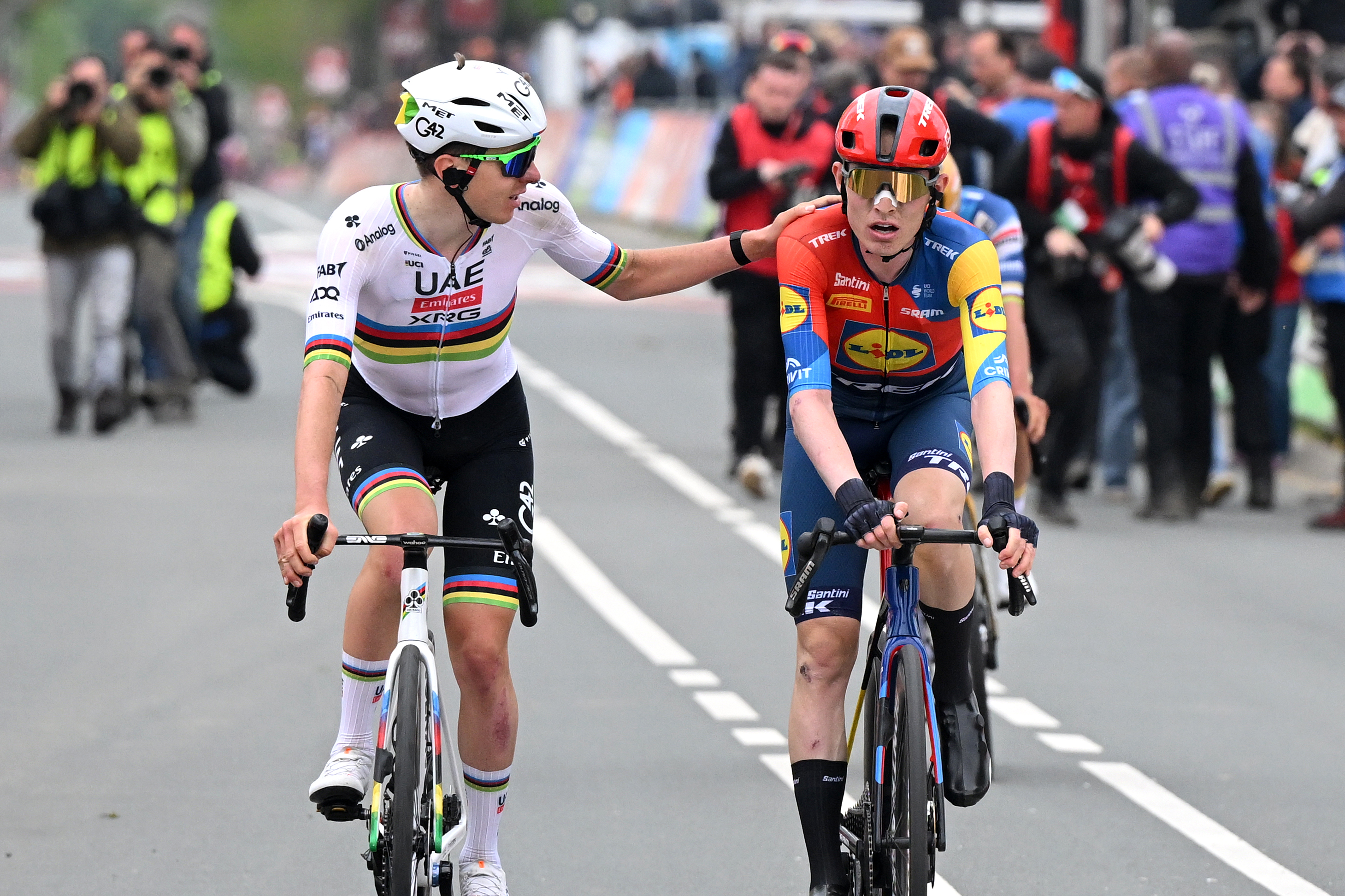 'The line was 5 metres too far' - Tadej Pogačar reacts to Amstel Gold Race second place
'The line was 5 metres too far' - Tadej Pogačar reacts to Amstel Gold Race second placeWorld champion reeled back and beaten in sprint by Lidl-Trek's Mattias Skjelmose
By Tom Davidson